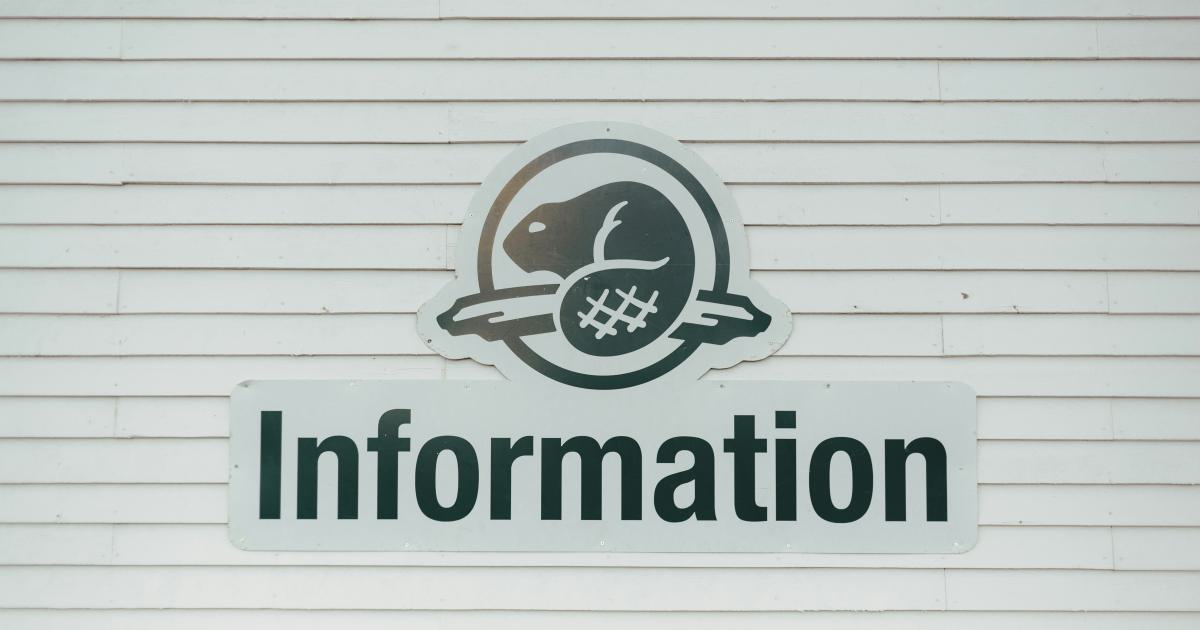Optimizing Website Navigation for Improved Crawlability


Introduction to Website Navigation and Crawlability
Effective website navigation is crucial for both user experience and search engine optimization (SEO). A well-designed navigation system not only helps visitors easily find the information they're looking for but also plays a vital role in improving a website's crawlability – the ability of search engine bots to discover, index, and understand the content on your site.
In today's digital landscape, where competition for online visibility is fierce, optimizing your website's navigation is no longer a nice-to-have, but a necessity. Search engines like Google place a high value on website architecture and navigation when determining a site's relevance and ranking. By ensuring your website is easily navigable and accessible to both users and search engine crawlers, you can boost your chances of appearing higher in search engine results pages (SERPs), ultimately driving more organic traffic to your site.
The Importance of Crawlability
Crawlability refers to the ease with which search engine bots can navigate and index the content on your website. A highly crawlable website makes it simple for search engines to discover, understand, and catalog your pages, which is crucial for improving your online visibility and ranking.
When search engine bots can easily crawl and index your website, it signals to them that your content is valuable, well-organized, and readily available to users. This, in turn, can lead to improved search engine rankings, increased organic traffic, and better overall performance for your website.
On the other hand, a poorly designed navigation system or technical issues that hinder crawlability can result in search engines struggling to fully understand and index your content, leading to lower rankings and reduced visibility in SERPs.

Strategies for Optimizing Website Navigation
To optimize your website's navigation for improved crawlability, consider implementing the following strategies:
1. Establish a Clear and Intuitive Information Architecture
The foundation of a highly crawlable website starts with a well-structured information architecture (IA). Your IA should organize your website's content in a logical and hierarchical manner, making it easy for both users and search engines to navigate and understand the relationships between different pages.
Develop a Clear Site Structure
Organize your website's content into a clear, logical hierarchy, with top-level categories and subcategories that flow naturally. This will help search engines better comprehend the overall structure and content of your site.
Use Descriptive and Keyword-Rich Titles and URLs
Ensure that your page titles, headings, and URLs are descriptive, informative, and incorporate relevant keywords. This will not only help search engines understand the content of each page but also improve the user experience by providing clear signposts.
Implement a Consistent Navigational Menu
Maintain a consistent, easy-to-use navigational menu across all pages of your website. This will allow users and search engines to quickly and intuitively access the different sections and content on your site.

2. Optimize Your Internal Linking Structure
The internal linking structure of your website plays a crucial role in improving crawlability. By strategically linking your pages together, you can help search engines better understand the relationships between your content and more efficiently crawl and index your website.
Use Contextual Linking
Incorporate relevant, contextual links within your page content, guiding users and search engines to related information. This helps establish the relevance and importance of your pages, improving their crawlability and overall ranking potential.
Leverage Breadcrumb Navigation
Implement a breadcrumb navigation system, which displays the hierarchical path a user has taken to reach a particular page. This provides both users and search engines with a clear understanding of the site's structure and the relationship between different pages.
Avoid Orphan Pages
Ensure that all pages on your website are connected to the main navigation structure, either directly or through a series of internal links. Orphan pages, or pages with no incoming links, can hinder crawlability and make it difficult for search engines to discover and index your content.

3. Optimize for Mobile-Friendliness
In today's mobile-first world, ensuring your website is optimized for mobile devices is crucial for both user experience and search engine crawlability. Search engines, such as Google, prioritize mobile-friendly websites in their rankings, as they aim to provide the best possible experience for users accessing content on their smartphones and tablets.
Implement a Responsive Design
Utilize a responsive web design that automatically adjusts the layout and content of your website to provide an optimal viewing and interaction experience on various screen sizes and devices.
Simplify Navigation for Mobile Users
Streamline your mobile navigation, making it easy for users to quickly find and access the information they need. Consider implementing a hamburger menu or other compact navigation elements to improve the user experience on smaller screens.
Ensure Fast Mobile Page Load Times
Optimize your website's performance for mobile devices by minimizing page load times. This includes compressing and optimizing images, minimizing the use of heavy media, and leveraging caching and other performance-enhancing techniques.

4. Leverage Sitemaps and Robots.txt Files
Sitemaps and robots.txt files are essential tools for improving website crawlability and ensuring search engines can efficiently discover and index your content.
Create an XML Sitemap
An XML sitemap is a file that provides a structured, hierarchical representation of your website's pages, making it easier for search engines to discover and crawl your content. Regularly updating your sitemap ensures that newly added or updated pages are promptly indexed.
Utilize Robots.txt Files
The robots.txt file is a text file that communicates instructions to search engine bots, informing them which pages or sections of your website they should or should not crawl. By strategically using robots.txt, you can prevent search engines from accessing sensitive or unnecessary pages, which can help improve the overall efficiency of the crawling process.

5. Optimize for Search Engine-Friendly URLs
The structure and format of your website's URLs can have a significant impact on crawlability and overall search engine optimization. By following best practices for URL optimization, you can make it easier for search engines to understand and index your content.
Use Clean, Descriptive URLs
Ensure your URLs are clean, concise, and descriptive, containing relevant keywords that accurately reflect the content of the page. Avoid using long, convoluted URLs or those with unnecessary parameters or tracking codes.
Implement Canonical URLs
Canonical URLs are used to indicate the preferred version of a page, which is especially important when dealing with duplicate content or pages accessible through multiple URLs. By implementing canonical URLs, you can help search engines understand the true source of your content and prioritize the correct version for indexing.
Leverage Redirect Strategies
If you need to update or change the URL structure of your website, implement appropriate redirect strategies, such as 301 (permanent) redirects, to ensure search engines can seamlessly transition to the new URLs and maintain the equity of your existing content.

6. Monitor and Analyze Crawl Data
Regularly monitoring and analyzing your website's crawl data is essential for identifying and addressing any issues that may be hindering the discoverability and indexing of your content by search engines.
Utilize Google Search Console
Google Search Console is a free tool provided by Google that offers valuable insights into how the search engine perceives and interacts with your website. By reviewing your site's crawl statistics, error reports, and other data, you can identify and resolve any crawlability issues.
Leverage Third-Party Crawl Tools
In addition to Google Search Console, consider using third-party crawl tools, such as Screaming Frog, Sitebulb, or DeepCrawl, to gain a more comprehensive understanding of your website's crawlability. These tools can provide detailed information about your site's structure, indexation, and potential technical obstacles.
Analyze Crawl Logs
Examining your website's crawl logs, which record the activities of search engine bots, can provide valuable insights into how search engines are interacting with your site. This information can help you identify and address any areas of concern, such as pages that are not being crawled or indexed effectively.

Advanced Techniques for Improved Crawlability
While the strategies mentioned above form the foundation for optimizing website navigation and crawlability, there are also several advanced techniques that can further enhance your website's discoverability and indexation by search engines.
1. Implement Dynamic Rendering
Dynamic rendering is a technique that serves different content to search engine bots and human users, ensuring that search engines can efficiently crawl and index your website's content while providing an optimal user experience.
By using dynamic rendering, you can present a simplified, text-based version of your pages to search engine crawlers, which can better understand and index the content. At the same time, human users can continue to experience the full, visually-rich version of your website.

2. Leverage Structured Data Markup
Structured data, or schema markup, is a way of annotating your website's content to provide search engines with additional context and information about the elements on your pages. By implementing structured data, you can help search engines better understand the meaning and purpose of your content, leading to more accurate indexing and potentially improved visibility in search results.
Common types of structured data include product information, reviews, events, articles, and more. Incorporating relevant schema markup can give your website a competitive edge in SERPs and enhance the way your content is displayed to users.

3. Optimize for Voice Search and Featured Snippets
As voice search and the rise of digital assistants continue to transform the way users interact with search engines, optimizing your website for these emerging trends can significantly improve its crawlability and visibility.
To optimize for voice search, focus on creating concise, informative content that directly answers common user queries. Additionally, targeting featured snippets, which are the highlighted results that appear at the top of SERPs, can help your website stand out and gain more visibility.

4. Leverage Semantic SEO Techniques
Semantic SEO involves understanding the underlying meaning and context of your content, rather than just focusing on specific keywords. By aligning your content with the way users search and the intent behind their queries, you can improve your website's overall relevance and crawlability.
Techniques such as topic modeling, entity extraction, and natural language processing can help you identify the core themes and concepts within your content, allowing you to create a more cohesive and semantically-rich information architecture.

5. Continuously Monitor and Optimize
Maintaining a highly crawlable website is an ongoing process that requires constant monitoring, analysis, and optimization. Stay vigilant in tracking your website's performance, identifying any crawlability issues, and making the necessary adjustments to ensure your content remains easily discoverable and indexable by search engines.
Regular reviews of your site's crawl data, technical audits, and implementing continuous improvement strategies will help you stay ahead of the curve and ensure your website's navigation and overall architecture remain optimized for improved crawlability over time.

Conclusion
Optimizing your website's navigation for improved crawlability is a critical component of any comprehensive SEO strategy. By implementing the strategies and techniques outlined in this article, you can create a user-friendly, search engine-friendly website that helps search engines efficiently discover, understand, and index your content, ultimately driving more organic traffic and improving your online visibility.
Remember, the key to success lies in maintaining a consistent, iterative approach to website optimization, continuously monitoring your performance, and adapting to the evolving landscape of search engine algorithms and user behavior. By staying proactive and committed to optimizing your website's navigation and crawlability, you can position your business for long-term success in the digital marketplace.